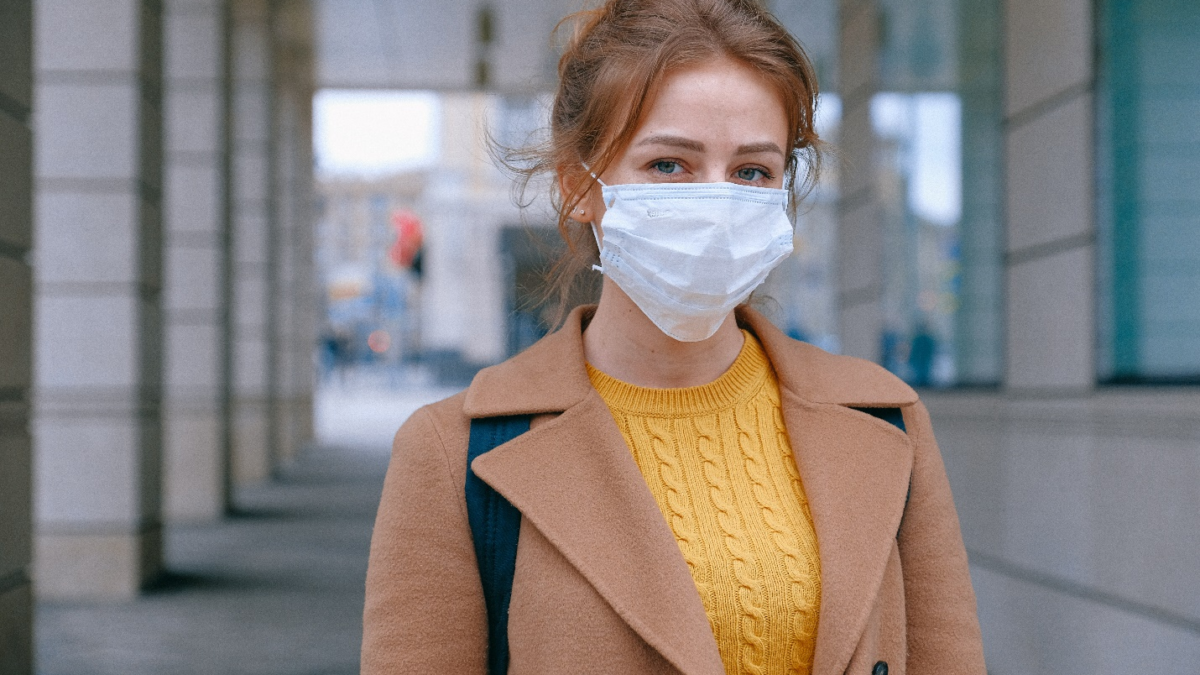When most think of winter, they conjure up images of bundling up next to the fire with warm beverages. However, the colder months can also be linked to various conditions.
Flu, common colds, and other respiratory illnesses are quite common during winter months. In fact, even the father of medicine, Hippocrates, first accounted for the connection of cold weather with certain specific diseases in 400 BC.
For the longest time, this link remained a mystery to scientists and researchers. Though we still don’t have it completely figured out, we understand that it is related to germs and the changes in the weather conditions.
In this blog post, we will discuss the different respiratory infections in winter and why they occur. Keep reading to find out more.
Why Are You More Likely to Get Sick in Winters?
Many of us know that the winter season is the time when most cases of respiratory infections occur. In fact, the Centers for Disease Control and Prevention reports that the average American experiences 2-3 spells of cold in one year.
However, have you wondered why that happens?
The first reason behind frequent occurrences of respiratory infections in winter is that it’s when we spend more time in enclosed spaces. Due to the cold weather, we all tend to stay indoors for longer periods. Spending so much time physically close to other individuals provides a great environment for bacteria and viruses to affect people.
The second reason is related to the amount of moisture in the air. The airways in the body are lined with a layer of fluid that evaporates swifter than usual when we breathe in cold, dry air. Often, the fluid can dry up quicker than it can be replaced. This leads to symptoms such as irritation and swelling, which can worsen symptoms of existing respiratory conditions.
In addition, the humidity in the air also impacts how diseases are transmitted. Low humidity can cause the moisture around a virus to evaporate. This can cause it to linger in the atmosphere longer than it normally would, effectively increasing its chances of affecting an individual.
However, the latest research from a team at Massachusetts Eye and Ear Hospital states that there are some biological reasons behind this. According to the study, exposing nasal tissues to lower temperatures significantly impacts the immune system and its response.
Here are some common respiratory infections that occur in winter.
Pneumonia Infection
Pneumonia is a commonly occurring respiratory infection in winter that occurs when one or both lungs are inflamed. This usually happens when they are infected by bacteria, viruses, or fungi. When this occurs, the small sacs inside the lungs fill up with pus or other fluid.
Those with the condition develop serious symptoms such as shortness of breath, cough, fast heartbeat, fever, chills, nausea, and more.


